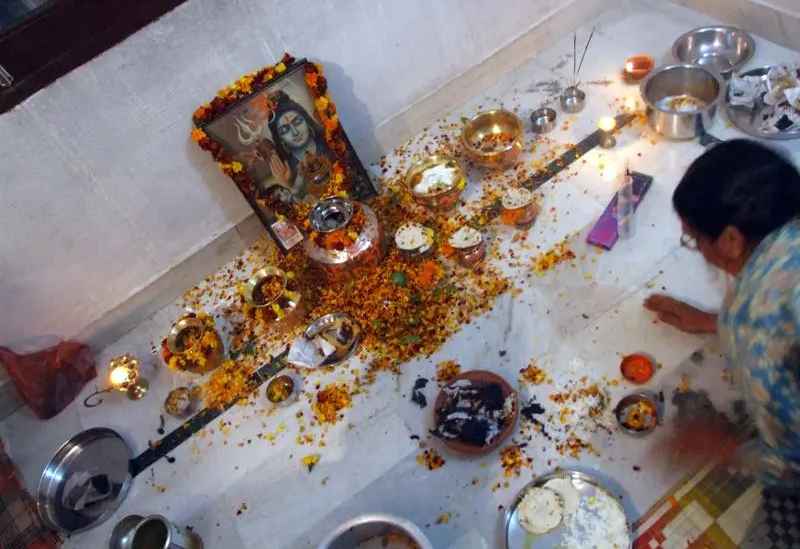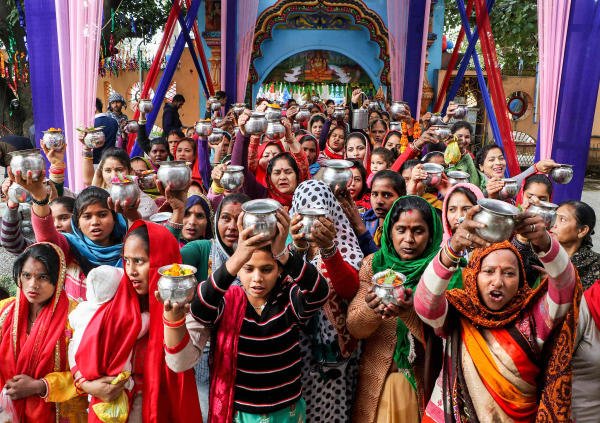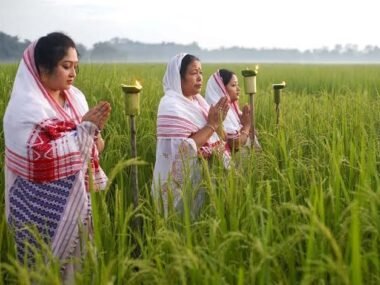Herath is a significant festival for the Kashmiri Pandit community, marking their distinct observance of Mahashivratri. Celebrated from the 13th day of the Phalgun month until the new moon (February or March), the festival’s name originates from “Har-Ratri,” meaning the “night of Hara” (Lord Shiva). It symbolizes the divine union of Shiva and Parvati and reflects the deep spiritual and cultural essence of Kashmiri Pandits.
Historical and Cultural Significance of Herath Festival
With deep roots in the Kashmir Valley, Herath stands as a testament to the region’s rich cultural heritage. It has been observed for centuries, representing faith, resilience, and the preservation of traditions. The festival not only highlights the religious devotion of Kashmiri Pandits but also the historical interconnection between different communities in the region.
Sacred Rituals and Traditions

The festivities begin with thorough home cleaning, signifying purification and renewal. A day before Mahashivratri, families conduct the Vatuk Pooja, where a sacred vessel (kalash) filled with water and walnuts is placed as a symbolic representation of Lord Shiva. The prayers and rituals performed reinforce familial bonds and spiritual well-being. Priests play a key role in guiding these rituals, fostering devotion and unity.
Communal Harmony and Togetherness
A unique aspect of Herath is “Salam,” observed the day after Shiva Chaturdashi. This tradition reflects the historical camaraderie between Kashmiri Pandits and Muslims, emphasizing shared cultural values. The festival concludes with Dooni-Mavas, where families distribute soaked walnuts—representing prosperity, longevity, and strength.
The Role of the Shankaracharya Temple
Perched atop a hill overlooking Dal Lake in Srinagar, the Shankaracharya Temple holds special significance during Herath. Devotees gather at this historic temple to offer prayers, reinforcing their spiritual connection to the land and their faith. The temple stands as a symbol of Kashmir’s rich spiritual history.
Herath in Contemporary Times
In modern-day celebrations, Herath continues to receive recognition from leaders and public figures. The Jammu and Kashmir government often extends festival greetings, acknowledging its role in preserving Kashmiri heritage and fostering peace. This recognition strengthens cultural ties and encourages interfaith harmony.
Herath remains more than just a religious event; it is a celebration of resilience, tradition, and unity—keeping the spirit of Kashmiri Pandit heritage alive across generations.












